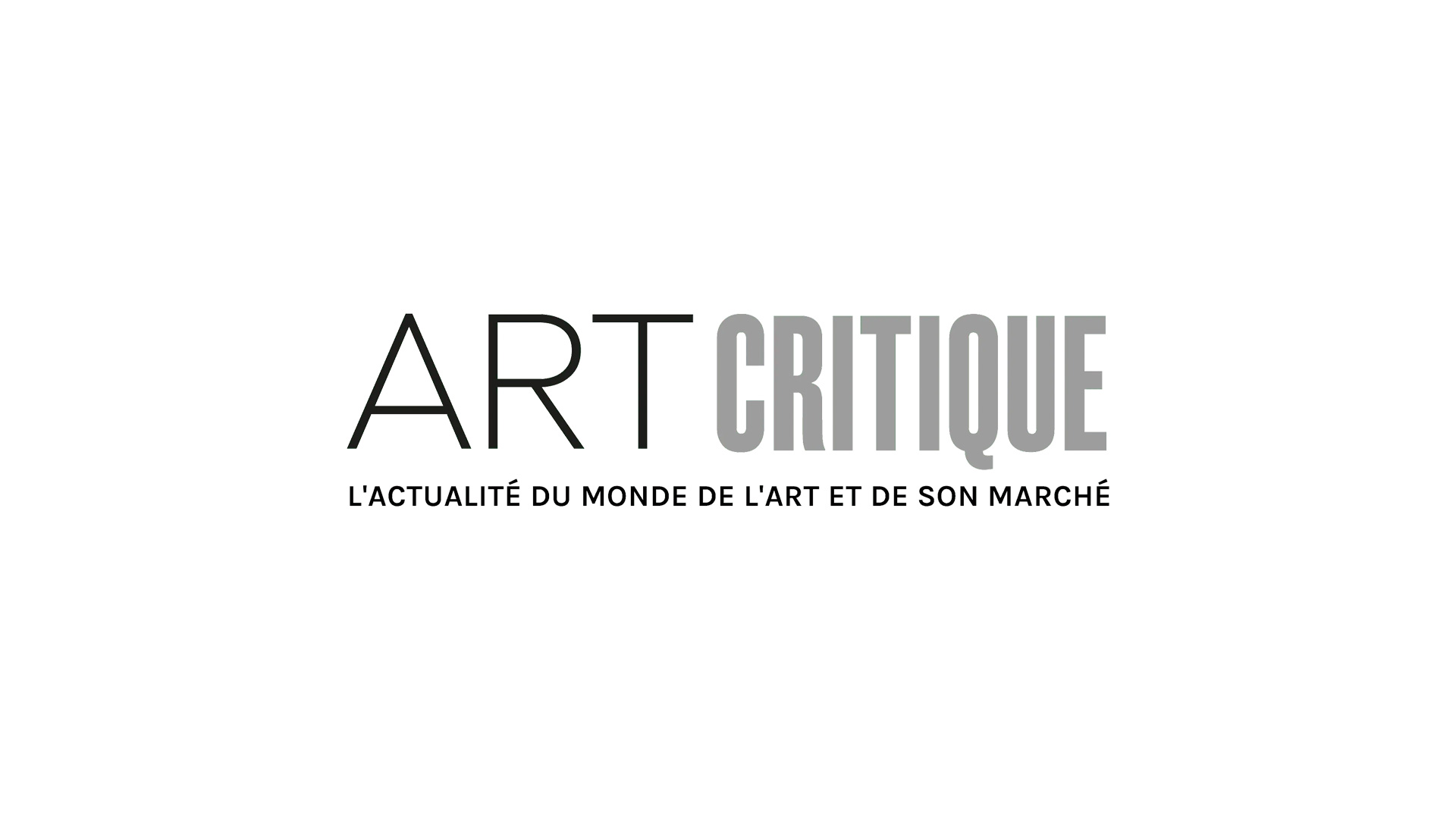Various industries are looking to expand their offerings during the social distancing age through virtual reality (VR) or augmented reality (AR)—the art world is no exception. If avid travelers can board a plan in Japan for a virtual vacation, why not let art enthusiasts experience an empty Louvre from their sofa or hang artwork on their wall? While museums have been experimenting intermittently with these technologies for the last two decades, other art industries are developing this technology and using it to adapt to the times rapidly.
Virtual reality is meant to be a completely immersive experience. This type of technology requires a headset and allows viewers to trick their senses into believing that they are moving through a digital space. Some art museums have used VR to create new dynamic ways to experience art. The Louvre in Paris partnered with VR companies to re-create their main floor gallery. Not only does this “Beyond the Glass” initiative allow visitors to walk through empty galleries where several Leonardo da Vinci paintings hang, but they can also get up close to the famous Mona Lisa —a nearly impossible feat in-person. Remote visitors can feel the paint’s texture, explore the landscape, or examine her face up close. This project began before the global pandemic but has proven to be a trailblazer.
Google Arts and Culture has also taken great strides in the realm of VR. Through products like Google Cardboard headset, they have made the VR technology more accessible for everyone with a smartphone. People with the Google Arts and Culture app can take nine VR art tours that range from walking through a Greek Temple of Zeus to roaming through a Roman Art street scene.
As opposed to VR, augmented reality is a digital information layer that enhances the real world through text or images. AR doesn’t require a headset and can be used with most smart devices. Museums have been leveraging this type of technology to create enhanced entry points into their collections for some time. Now, companies such as Google and even commercial art markets are expanding this technology at a startling speed.

Google Arts and Culture allows you to hang international masterpieces on your wall or explore digital exhibitions through their “Pocket Gallery” project. Their digital collection, The Art of Color, enables participants to view artworks from around the world through the lens of color using AR. These are free resources available to any curious mind, but what about the art that people want to purchase for their collections?
When COVID 19 shut down Art Basel, Hong Kong, other art fairs took note. Many commercial art galleries accelerated plans they already had to move to digital gallery spaces. In May, the Frieze New York art fair went completely virtual with over 200 digital galleries. They allowed prospective buyers to hang artwork on their walls to scale using AR. Many art galleries are also attaching more comprehensive and accessible content related to their objects, such as artist interviews, statements, and historical information.
The demand for experiencing cultural content through digital means like VR or AR is still high despite the screen fatigue that affects many worldwide. Undoubtedly, this push for immersion and interaction will have a lasting effect on both the art market and museums. When visitors buy their tickets to see an exhibition, their expectations may be different, and the way they hope to interact with the artwork will likely change. Perhaps fewer people will buy tickets altogether and opt to visit a show in their slippers holding their coffee cup. Gone may be the days of sprinting through crowded art fairs or walking into intimidating white cube galleries.
This type of rapid cultural adaption to technology may have been inevitable. Still, the reality is that the act of seeing an artwork in-person is far superior to viewing it through the blue light of the screen. There is a lot to be said for digital art champions, whether they be programmers, educators, or buyers. They have made art and art history more accessible to people on a global scale and use it to enhance our lives in troubled times.





